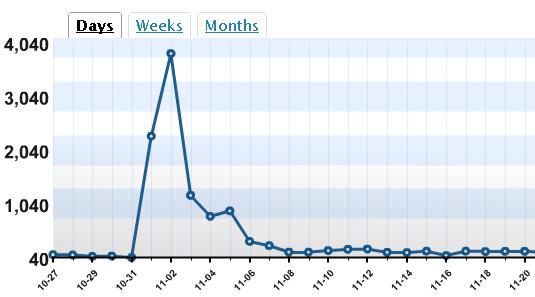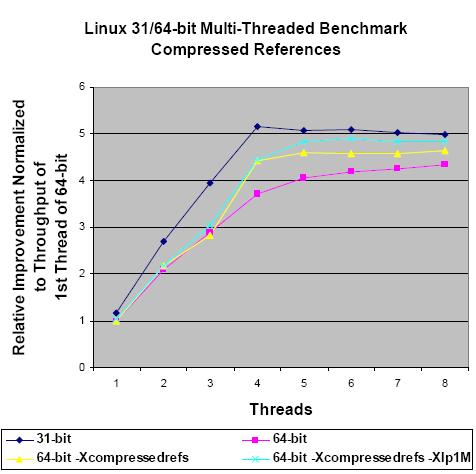Tonight I needed to do a bit of work as we’re coming up to a deadline and as usual things are running a bit behind. Normally I just VPN into work and use remote desktop to drive my desktop. Unfortunately when I went to do this tonight I wasn’t able to connect to my workstation via remote desktop.
A quick NSLookup query turned up the problem – it seems the DNS server at work had been reset and the DHCP lease for my workstation had not expired yet. This means that the DNS server had no idea what IP my machine is using, but my workstation is under the assumption it has the rights to that IP address still.
Jim happened to be one of the few online, so I chatted with him a bit to see if he had any ideas how to resolve the problem. He mentioned that this had happened to him a couple of times and his solution ended up being to drive back into work, I figured that would be my backup plan.
Jim then suggested using arp on a machine I had recently ssh‘d into from my workstation. While I hadn’t actually used ssh to connect to any of our lab machines, it got me thinking about our CVS server – as I was running Eclipse on my workstation and did have in theory an active connection. From my laptop I was able to ssh into the CVS server, then using netstat I got a full list of the active connections. Looking through the list turned up a few which were numeric (clearly where DNS had failed to provide a reverse name mapping). From there it was a simple matter to remote desktop to the “right” numeric address to reach my workstation – I got lucky on my 1st try.


